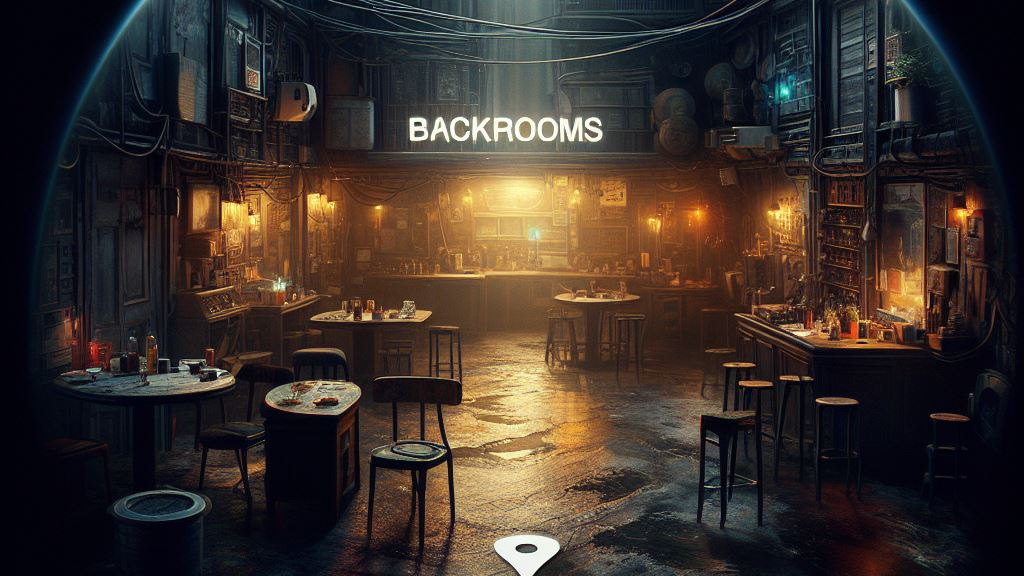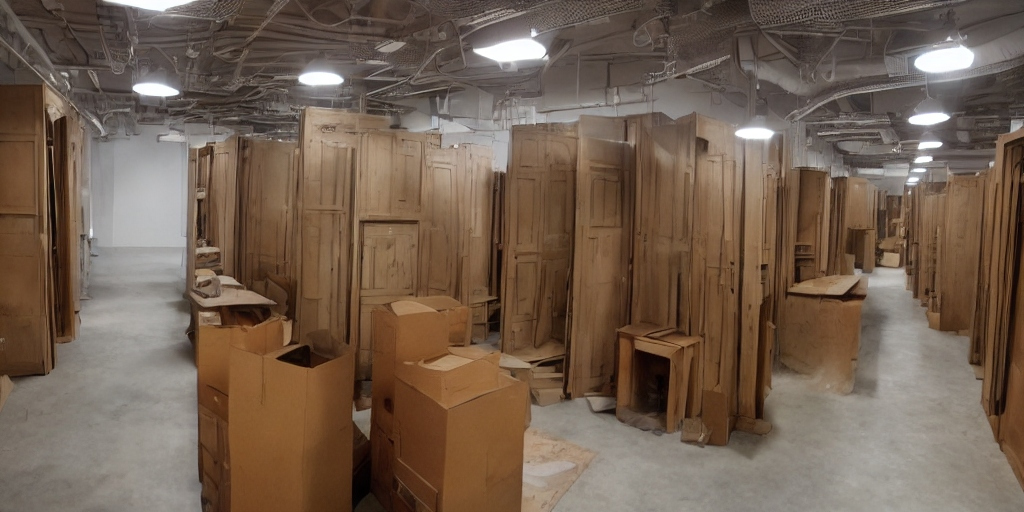In the vast digital landscape of Google Maps, there exists a curious phenomenon that has captured the imagination of many: the discovery of “backrooms.” These virtual spaces, while not officially recognized or intended by Google, have become a subject of fascination and urban legend among users.
What are backrooms and how do they relate to Google Maps?
Backrooms, in the context of internet lore, refer to glitchy or unintended virtual spaces that appear to resemble the mundane backrooms of commercial buildings. These spaces are often depicted as dimly lit, empty rooms with nondescript walls, evoking a sense of eerie isolation.
In the realm of Google Maps, users have reported stumbling upon these backrooms while navigating through Street View or exploring lesser-known areas of the map. The discovery of such spaces has sparked curiosity and speculation about their origin and significance.
Also Read: Understanding AC Repair in North Phoenix: Key Considerations and Cost Factors
The phenomenon of discovering backrooms on Google Maps
Many users have shared their experiences of unexpectedly encountering backrooms while using Google Maps. These encounters often lead to viral content as individuals document their findings and share them on social media platforms.
These viral discoveries contribute to the perpetuation of urban legends surrounding Google Maps, adding to the allure of exploring its digital terrain.

Debunking myths and misconceptions
While the idea of stumbling upon hidden backrooms on Google Maps may seem intriguing, it’s essential to approach such claims with skepticism. In reality, these occurrences are often the result of glitches or anomalies in the mapping software rather than intentional design.
Understanding how Google Maps processes and displays data can help debunk myths and dispel misconceptions about the existence of virtual backrooms.
The allure and fascination of exploring virtual backrooms
Despite the debunking of myths, the fascination with virtual backrooms persists. From a psychological perspective, the allure of exploring these digital spaces stems from a combination of curiosity and the thrill of the unknown.
For many, the idea of venturing into uncharted territory within the confines of a familiar platform like Google Maps offers a sense of adventure and discovery.
The risks and dangers of exploring virtual spaces
However, it’s essential to acknowledge the potential risks and dangers associated with exploring virtual spaces, including privacy concerns and potential legal implications. Venturing into unknown digital territory can expose users to sensitive or private information inadvertently captured by mapping technology.
As such, it’s crucial for users to exercise caution and discretion when navigating through Google Maps and other online platforms.
How to report or deal with encountering backrooms on Google Maps
If you come across what appears to be a virtual backroom or any other concerning content on Google Maps, there are steps you can take to address it. Google provides reporting features that allow users to flag inappropriate or erroneous content, helping to maintain the integrity and accuracy of the platform.
Additionally, practicing safe browsing habits and being mindful of privacy settings can help mitigate the risks associated with online exploration.
Also Read: Dallas 18-Wheeler Accident Law Firm: Seeking Justice and Compensation
Conclusion
While the concept of backrooms in Google Maps may seem like a fascinating digital mystery, it’s essential to approach it with a critical eye. Understanding the underlying mechanisms of mapping technology can help separate fact from fiction and ensure a safe and enjoyable browsing experience for all users.
FAQs:
- Can you really find hidden backrooms on Google Maps?
- While reports of encountering virtual backrooms exist, they are often the result of glitches or anomalies in the mapping software rather than intentional design.
- Are there any risks associated with exploring virtual spaces on Google Maps?
- Yes, exploring virtual spaces on Google Maps can pose privacy concerns and potential legal implications if sensitive or private information is inadvertently captured.
- How can I report inappropriate content on Google Maps?
- Google provides reporting features that allow users to flag inappropriate or erroneous content encountered on Google Maps.
- Is it safe to explore lesser-known areas of Google Maps?
- It’s generally safe to explore Google Maps, but users should exercise caution and discretion, especially when navigating unfamiliar or remote locations.
- Why are backrooms in Google Maps so intriguing to users?
- The allure of virtual backrooms stems from a combination of curiosity, the thrill of the unknown, and the fascination with exploring uncharted digital territory.




